

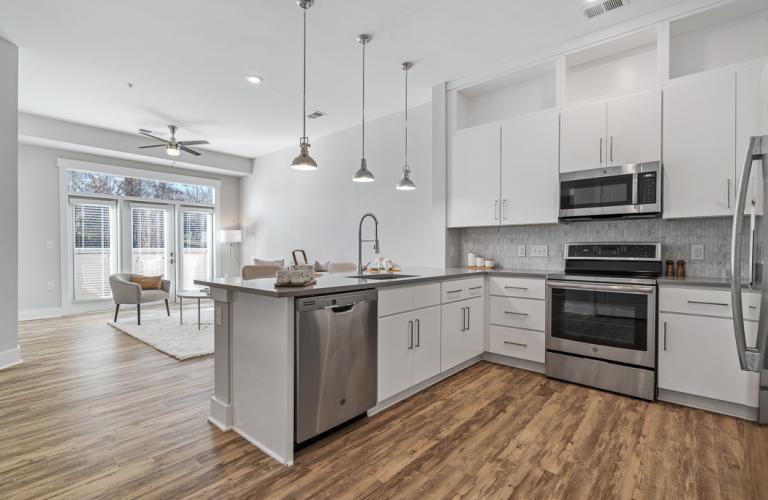
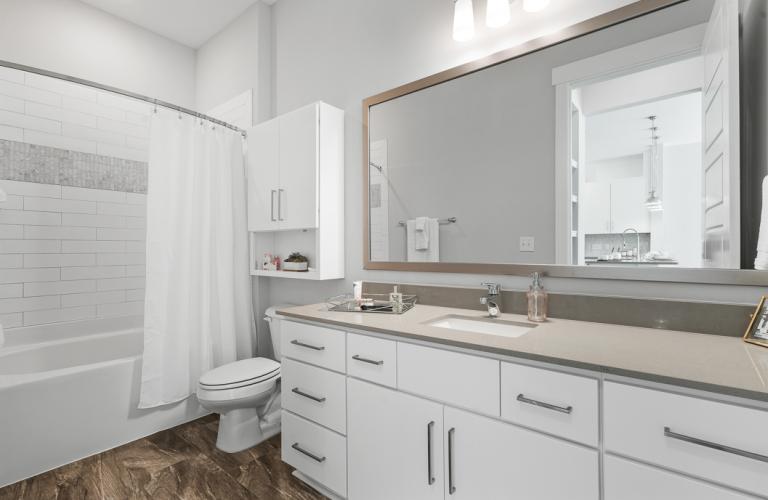
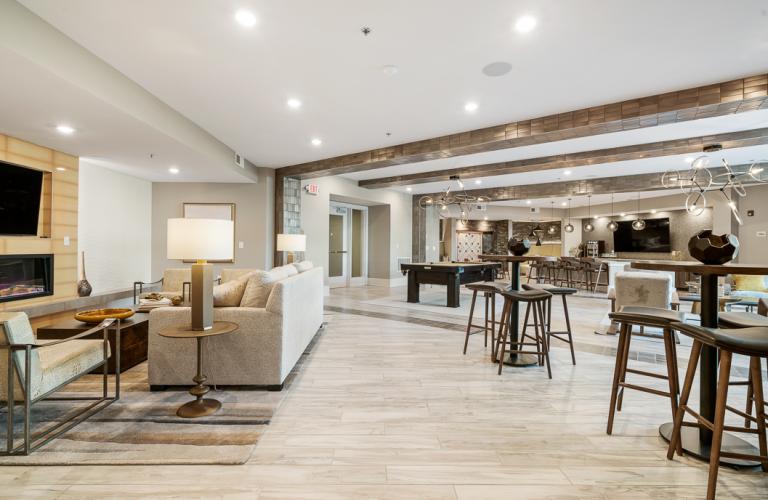
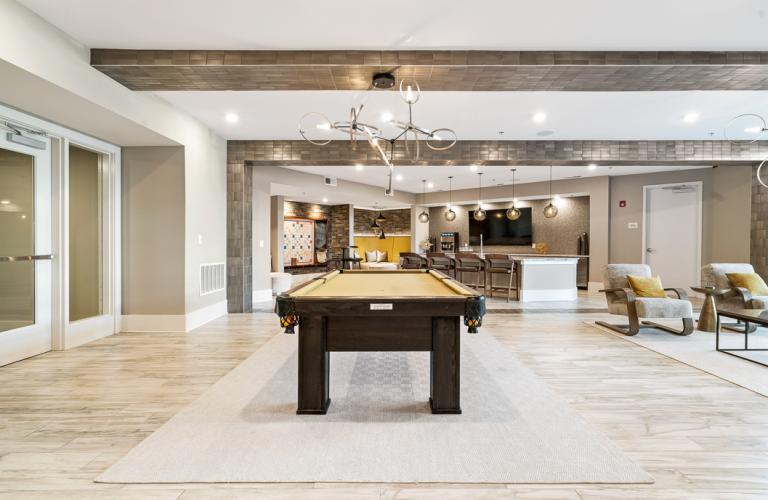
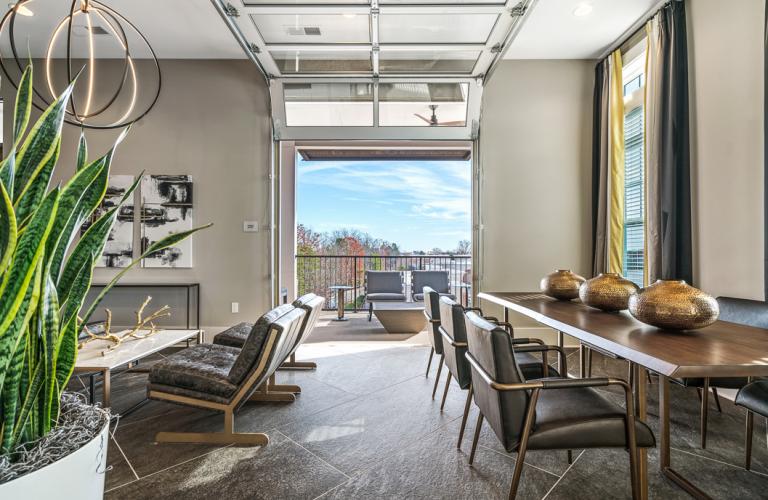



Hawthorne at Friendly
Property listing images on this site are presented to reflect the layout of temporary housing accommodations existing at the identified location. National does not represent that any property listing image contained on our website matches the accommodation you will be provided if you choose to book. Please be advised that accurate unit photographs are often available and can be requested prior to booking from your local National representative.
- One, Two, & Three Bedroom Units Available
- Up to Two Bathrooms
- Pets Considered
- Attached Garage
- Laundry In Unit
- Fitness Equipment
- Outdoor Pool
Property Details
About this property
Experience luxury at a new level at Hawthorne at Friendly, a brand new luxury apartment community offering upscale studio, one, two, and three-bedroom apartment homes with market-leading amenities, custom designer features, and walkability to boutique shops, upscale food markets, and eateries. Situated in a highly desirable location in the heart of Greensboro's vibrant Midtown - which includes Friendly Center, The Shoppes at Friendly, Irving Park, Starmount, the Green Valley business corridor, and the revitalized greenway - Hawthorne at Friendly offers a new kind of Greensboro lifestyle. This is luxury living at a new level. This is Hawthorne at Friendly.
Amenities
Property Location
About Greensboro, North Carolina
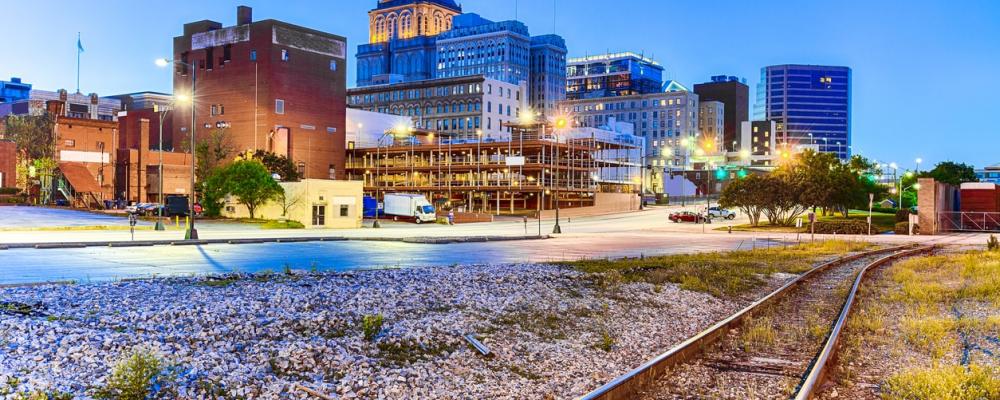
Learn About This Location
Greensboro (formerly Greensborough) is the third-largest city in North Carolina and the county seat and largest city in the Piedmont Triad metro region. Greensboro's population was at 277,080 in 2012. Three major interstate highways (Interstate 85, Interstate 40 and Interstate 73) were built to intersect in Greensboro. Greensboro was established on land that was "an unbroken forest with thick undergrowth of huckleberry bushes, that bore a finely flavored fruit." Three north-south streets (Greene, Elm, Davie) were built intersecting three east-west streets (Gaston, Market, Sycamore).
In the postwar period, blacks fought in North Carolina and across the South for the ability to exercise their constitutional rights. College students from North Carolina Agricultural and Technical College (A&T), made Greensboro a hub for protests and change. In 1960, four black college students sat down at an "all-white" Woolworth's diner, refusing to leave after being denied service, even after already making purchases in other areas of the store. They showed receipts, asking why their money was good elsewhere in the store but not there. Hundreds joined in, and the sit-in lasted several months. This kind of protest quickly spread throughout the South, leading to the desegregation of lunch counters and other facilities at Woolworth's and other department stores.

